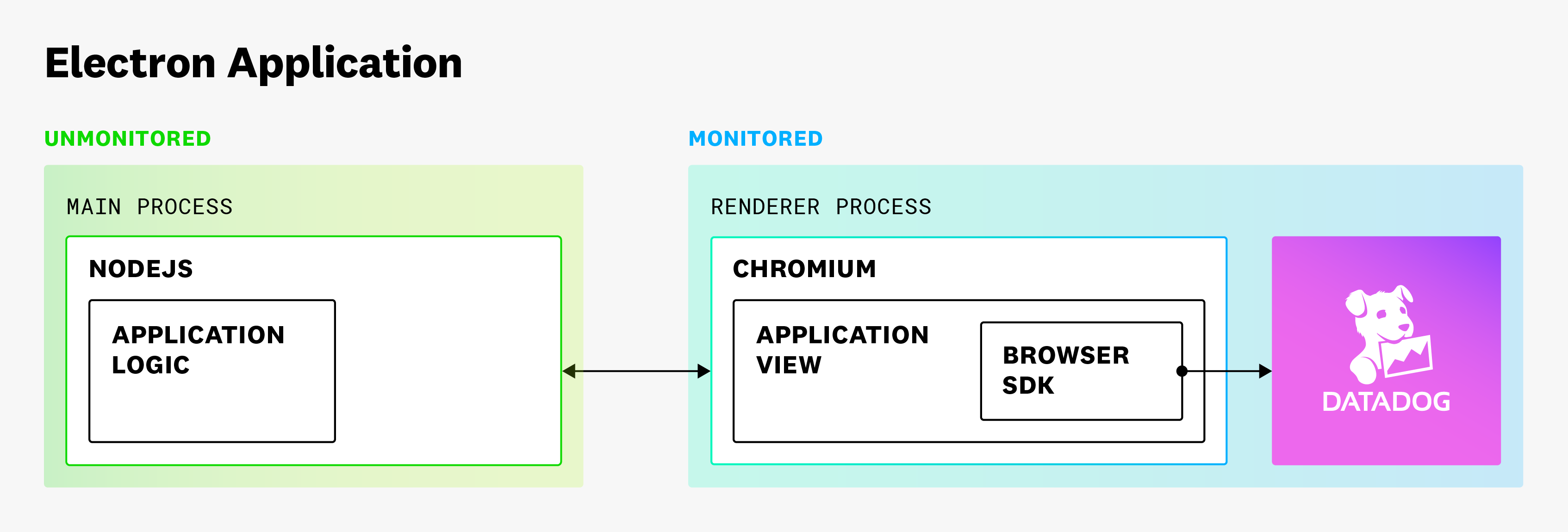- Principales informations
- Getting Started
- Agent
- API
- Tracing
- Conteneurs
- Dashboards
- Database Monitoring
- Datadog
- Site Datadog
- DevSecOps
- Incident Management
- Intégrations
- Internal Developer Portal
- Logs
- Monitors
- OpenTelemetry
- Profileur
- Session Replay
- Security
- Serverless for AWS Lambda
- Software Delivery
- Surveillance Synthetic
- Tags
- Workflow Automation
- Learning Center
- Support
- Glossary
- Standard Attributes
- Guides
- Agent
- Intégrations
- Développeurs
- OpenTelemetry
- Administrator's Guide
- API
- Partners
- Application mobile
- DDSQL Reference
- CoScreen
- CoTerm
- Remote Configuration
- Cloudcraft
- In The App
- Dashboards
- Notebooks
- DDSQL Editor
- Reference Tables
- Sheets
- Alertes
- Watchdog
- Métriques
- Bits AI
- Internal Developer Portal
- Error Tracking
- Change Tracking
- Service Management
- Actions & Remediations
- Infrastructure
- Cloudcraft
- Resource Catalog
- Universal Service Monitoring
- Hosts
- Conteneurs
- Processes
- Sans serveur
- Surveillance réseau
- Cloud Cost
- Application Performance
- APM
- Termes et concepts de l'APM
- Sending Traces to Datadog
- APM Metrics Collection
- Trace Pipeline Configuration
- Connect Traces with Other Telemetry
- Trace Explorer
- Recommendations
- Code Origin for Spans
- Observabilité des services
- Endpoint Observability
- Dynamic Instrumentation
- Live Debugger
- Suivi des erreurs
- Sécurité des données
- Guides
- Dépannage
- Profileur en continu
- Database Monitoring
- Agent Integration Overhead
- Setup Architectures
- Configuration de Postgres
- Configuration de MySQL
- Configuration de SQL Server
- Setting Up Oracle
- Setting Up Amazon DocumentDB
- Setting Up MongoDB
- Connecting DBM and Traces
- Données collectées
- Exploring Database Hosts
- Explorer les métriques de requête
- Explorer des échantillons de requêtes
- Exploring Database Schemas
- Exploring Recommendations
- Dépannage
- Guides
- Data Streams Monitoring
- Data Jobs Monitoring
- Data Observability
- Digital Experience
- RUM et Session Replay
- Surveillance Synthetic
- Continuous Testing
- Product Analytics
- Software Delivery
- CI Visibility
- CD Visibility
- Deployment Gates
- Test Visibility
- Code Coverage
- Quality Gates
- DORA Metrics
- Feature Flags
- Securité
- Security Overview
- Cloud SIEM
- Code Security
- Cloud Security Management
- Application Security Management
- Workload Protection
- Sensitive Data Scanner
- AI Observability
- Log Management
- Pipelines d'observabilité
- Log Management
- CloudPrem
- Administration
Monitor Electron Applications Using the Browser SDK
Cette page n'est pas encore disponible en français, sa traduction est en cours.
Si vous avez des questions ou des retours sur notre projet de traduction actuel, n'hésitez pas à nous contacter.
Si vous avez des questions ou des retours sur notre projet de traduction actuel, n'hésitez pas à nous contacter.
Overview
Electron is an open source framework that can be used to build cross-platform macOS and Windows desktop applications.
You can install and configure the Datadog Browser SDK to start monitoring applications built using Electron.
Note: The Browser SDK only supports monitoring the renderer processes of an application. It does not initialize or monitor anything installed on the main process. For more information, see Electron’s documentation on its renderer process.
Installation
To install the Datadog Browser SDK to support Electron apps:
Set up and install RUM Browser Monitoring inside every renderer process, following the steps for CDN sync, CDN async, or npm.
Set the
sessionPersistenceparameter to"local-storage"in the RUM initialization configuration of each renderer process, as shown below.Note: This setting allows Datadog to collect RUM data without relying on browser cookies.
- If you are targeting pages available on the internet (using the
https://protocol), you do not need this parameter. - if you are embedding pages inside your application (using the
file://protocol), Datadog needs to store sessions in local storage, as cookies are not available.
datadogRum.init({ applicationId: '<DATADOG_APPLICATION_ID>', clientToken: '<DATADOG_CLIENT_TOKEN>', site: '<DATADOG_SITE>', ... sessionPersistence: "local-storage" });- If you are targeting pages available on the internet (using the
Once you’ve configured the SDK correctly, your data populates the RUM Explorer.
Troubleshooting
Support for hybrid Electron applications
The same-origin policy prevents tracking an application for the same session in which pages load from both local (file://) and remote (http(s)://).
This means that an application that uses Electron to embed a landing page, then later redirects the user to a website hosted on the Internet results in two sessions being created for that user - one for the embedded local files (file://) landing part of the application, and one for the remote part (https:// files available on the internet).
Note: Unminified stack traces are not available when monitoring Electron applications that load embedded local files where stack traces start with file://. To obtain unminified stack traces in this scenario, you must manually overwrite them using the beforeSend() callback. For further assistance, contact the Datadog Support team.
Short-lived sessions for instances with multiple windows at once
An issue with local storage replication latency between windows can cause a short-lived session to be created (<1 second). To work around this, ensure multiple windows are created and initialized with a gap of more than 10 ms.
Further Reading
Documentation, liens et articles supplémentaires utiles:

